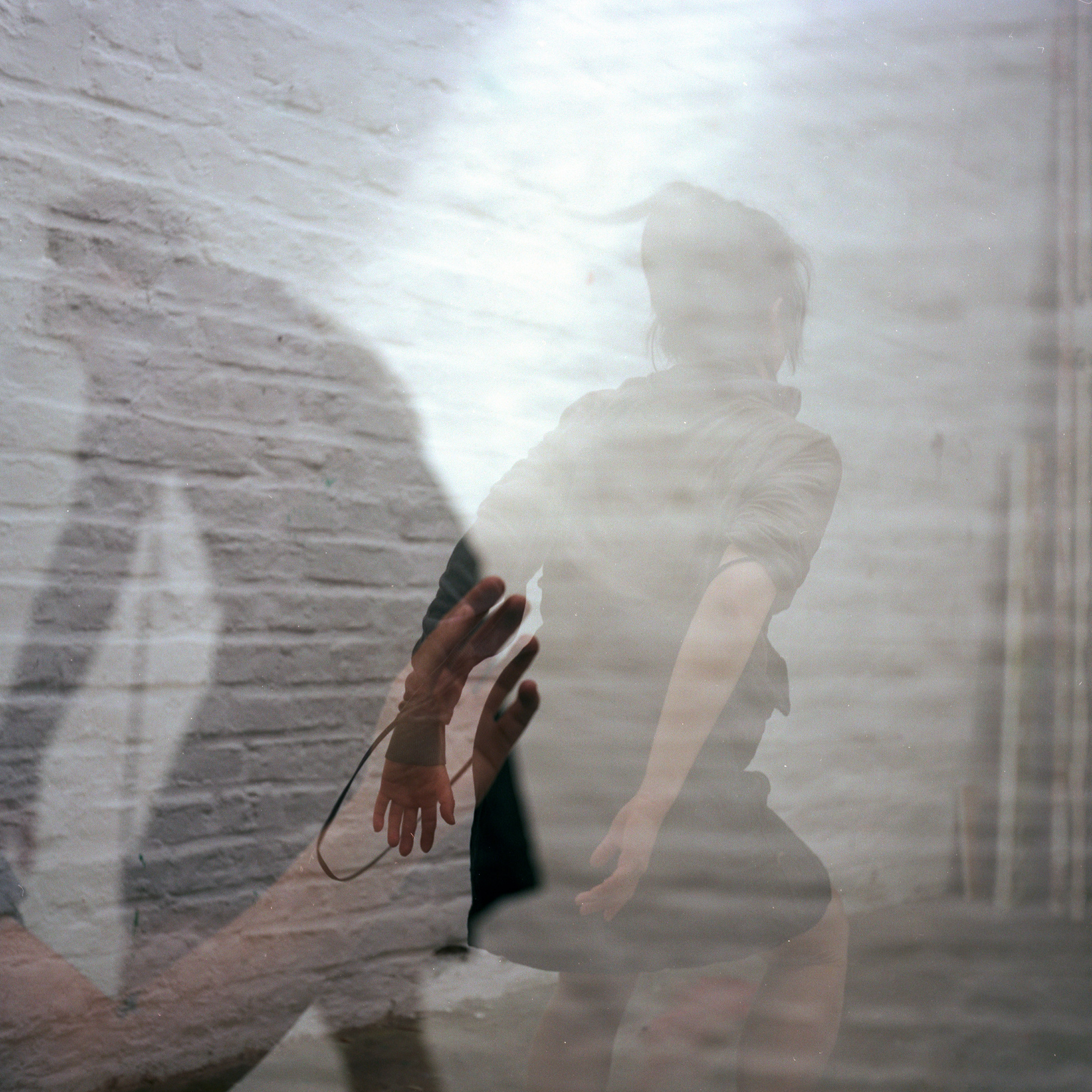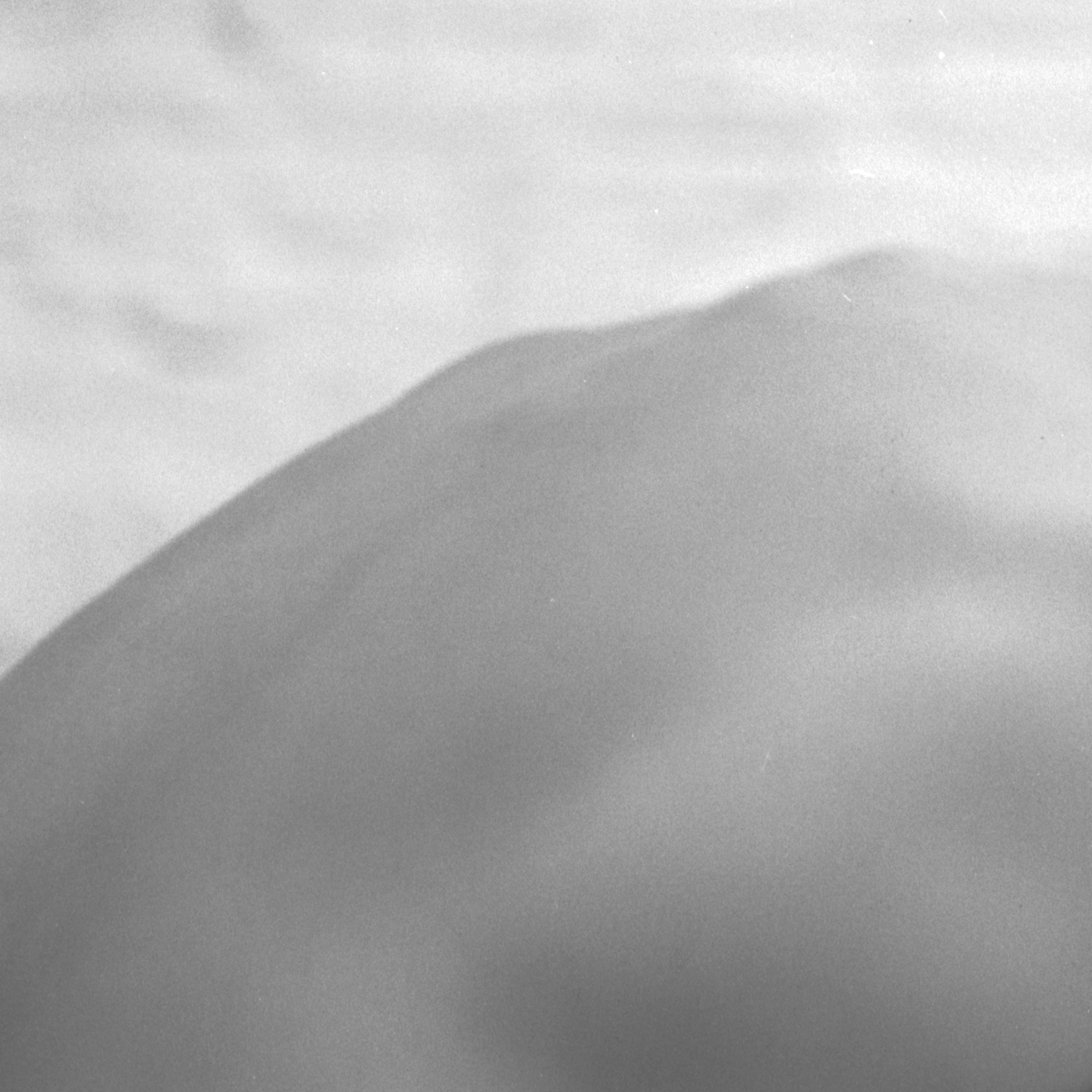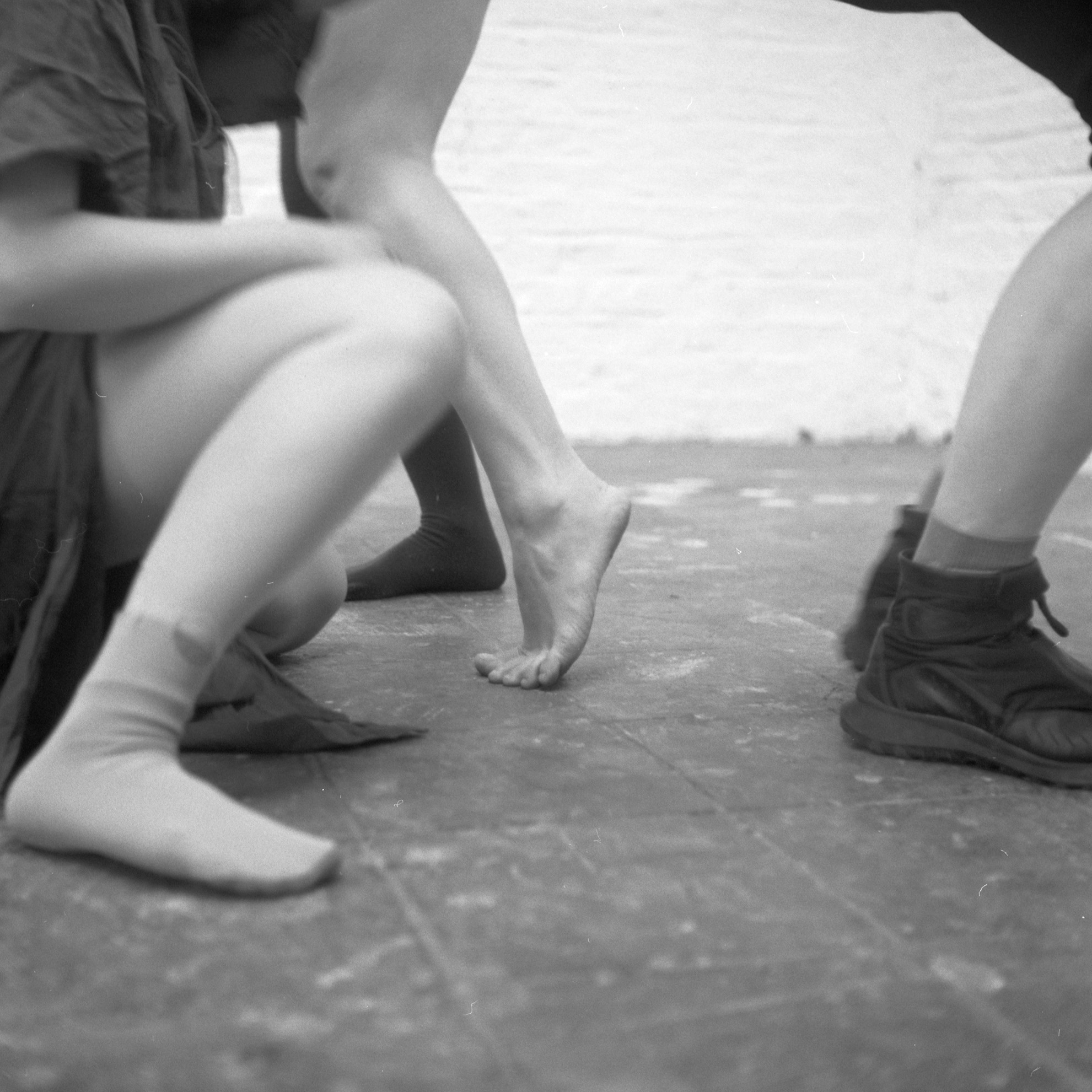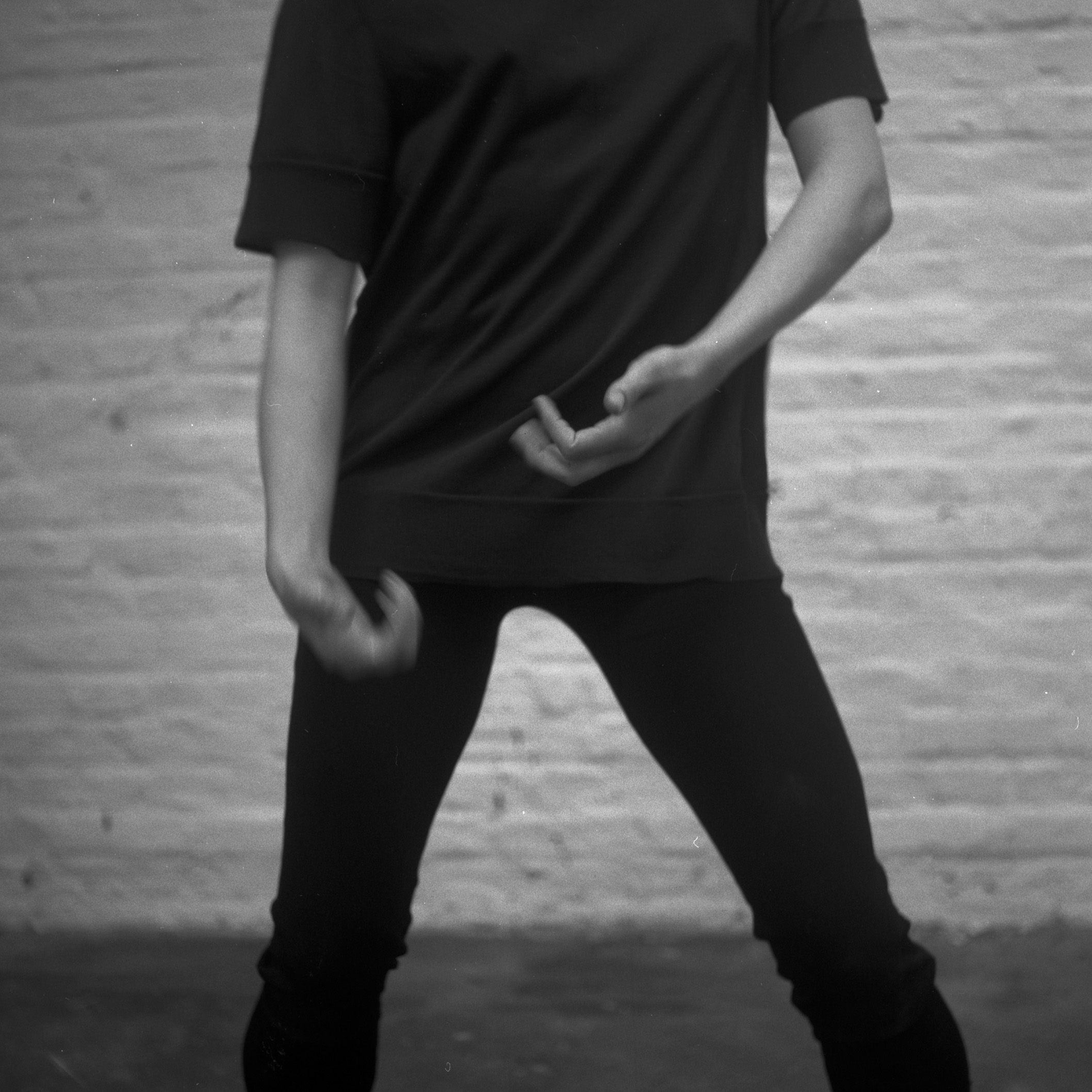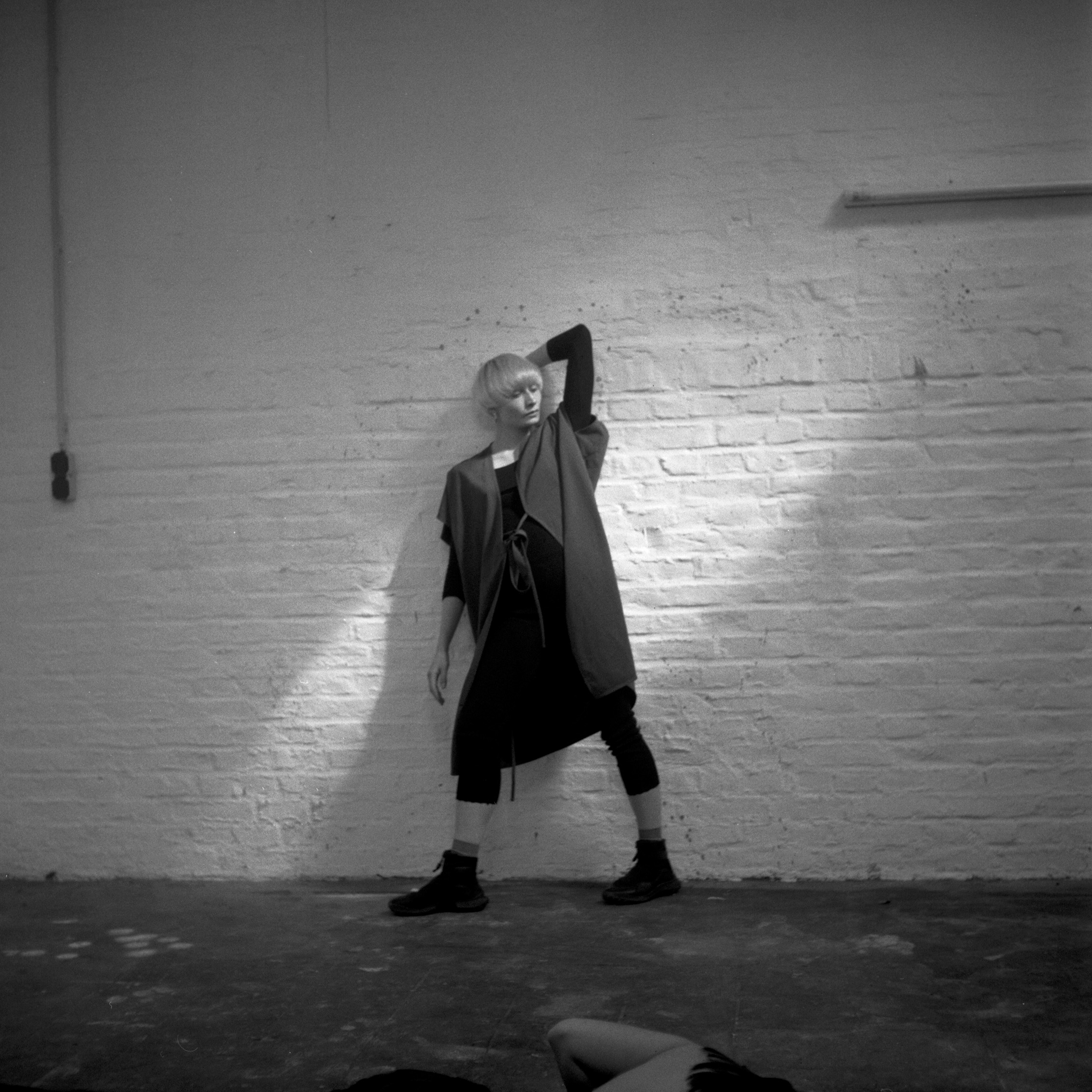in between us
street harassment / trauma /
What traces do sexualized violence leave in the body? How does our body deal with streat harassment? The dancer Josephine Kalies, together with Kati Masami Menze and Pin-Chen Hsu, explored questions like these. Traumatic experiences - such as harassment in public spaces - are met with flight, fight or rigidity. In the later case one keeps the survival energy in the body. What (subconscious) survival strategies (of rigidity) do we use when we encounter street harassment? For example, during an exercise a performer recognizes that she puts on tunnel vision when she is walking in the streets and thus keeps the energy in the body. According to many trauma experts, the only way to get these energies out of the nervous system is through physical exercise. In her research, Josephine Kalies wants to find out to what extent dance can represent a physical liberation and thus also healing, in order to "shake off" this survival energy and bring it back to the outside. What performative potential is there in allowing 'difficult' emotion? Their very personal experiences from the research results, titled in between us, will later flow into a performative production and will draw attention to something that still receives too little attention in our society: trauma and objectification of the female body.
Research, 10.01.2022 – 21.01.2022 , @Maschinenhaus Essen
artist |
Josephine Kalies |
collaborator |
Pin-Chen Hsu Paloma García de Juan Kati Masami Menze |
